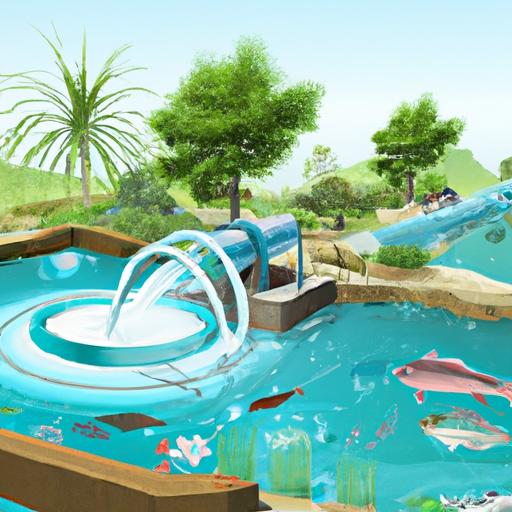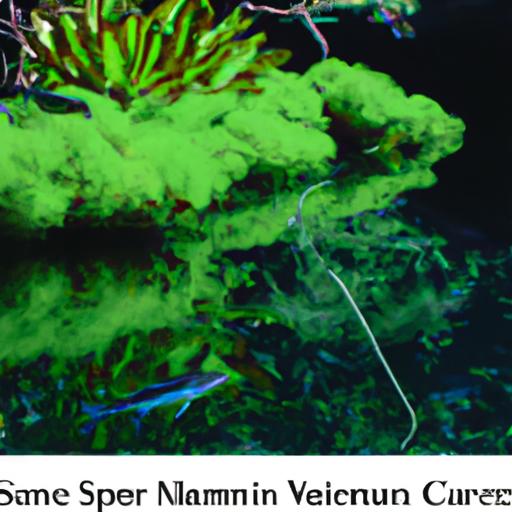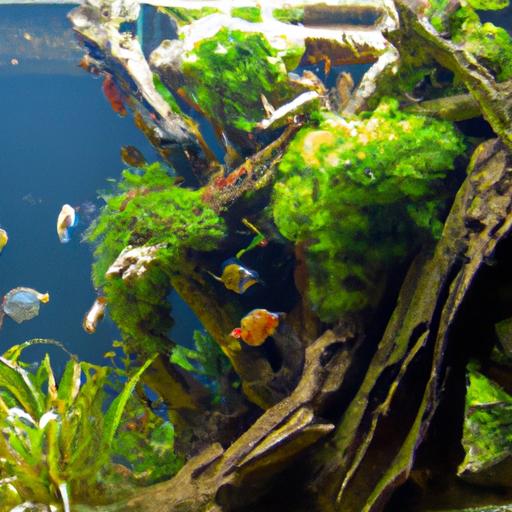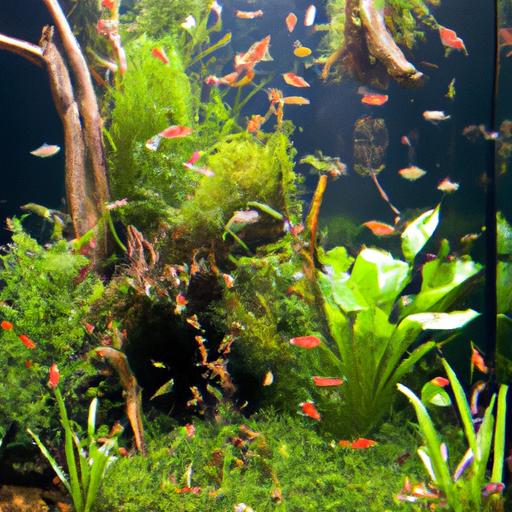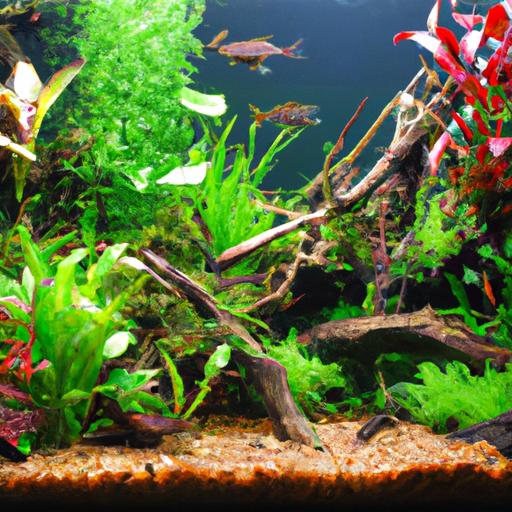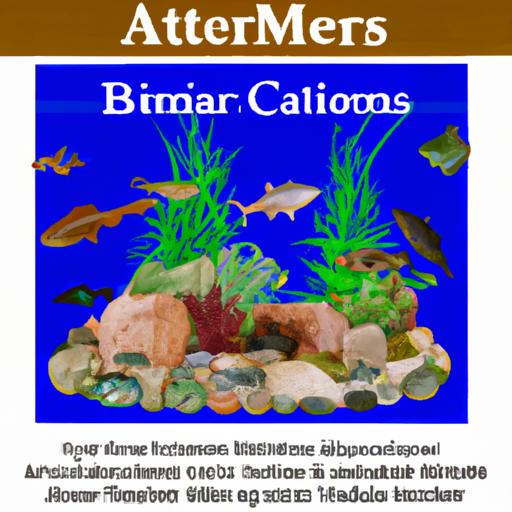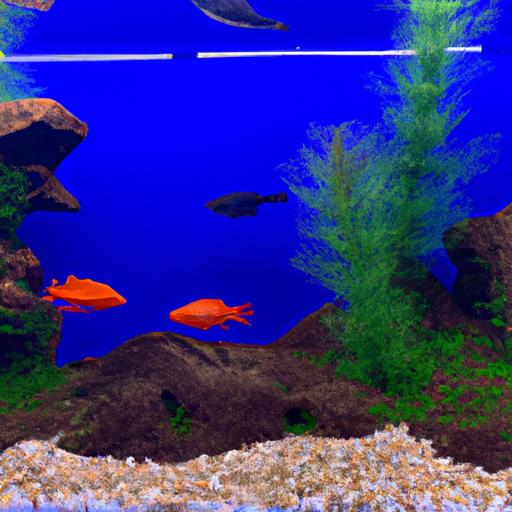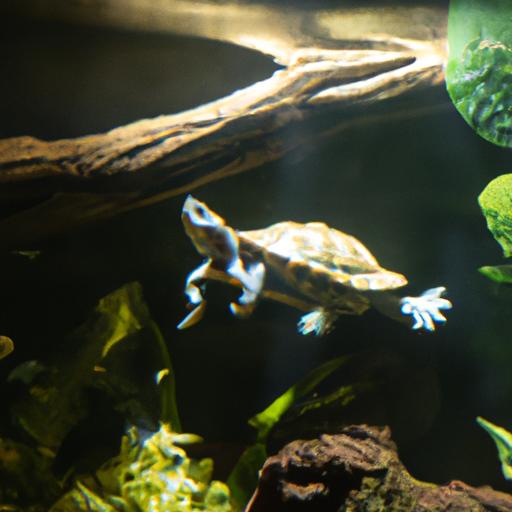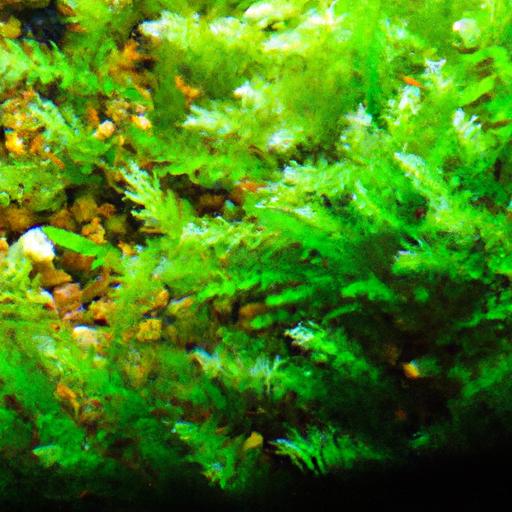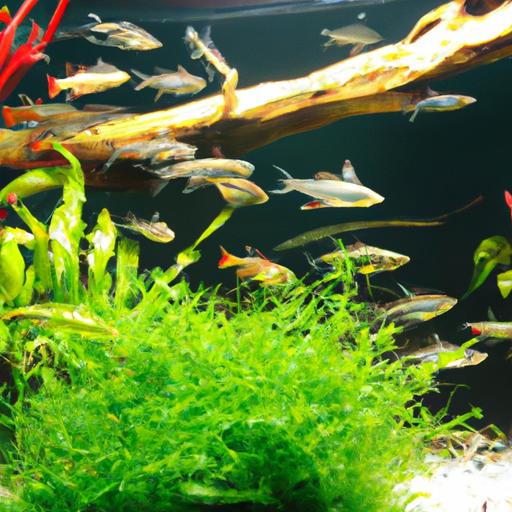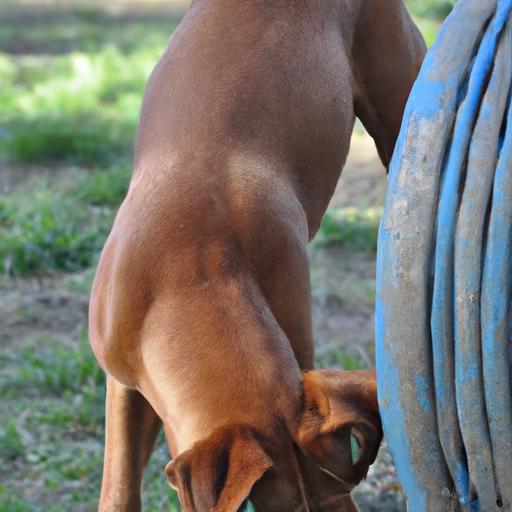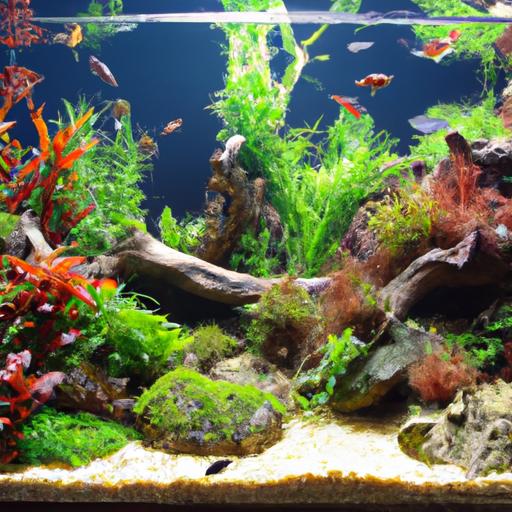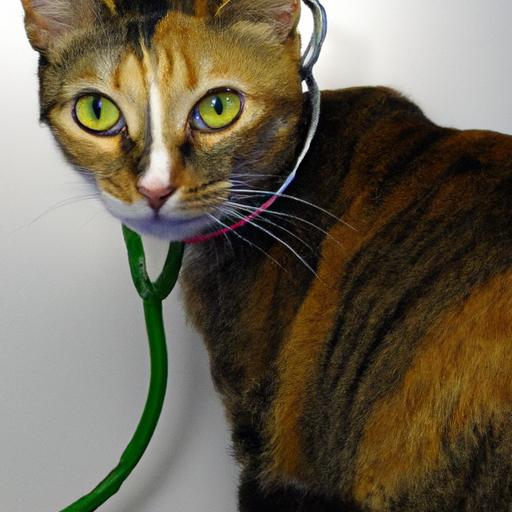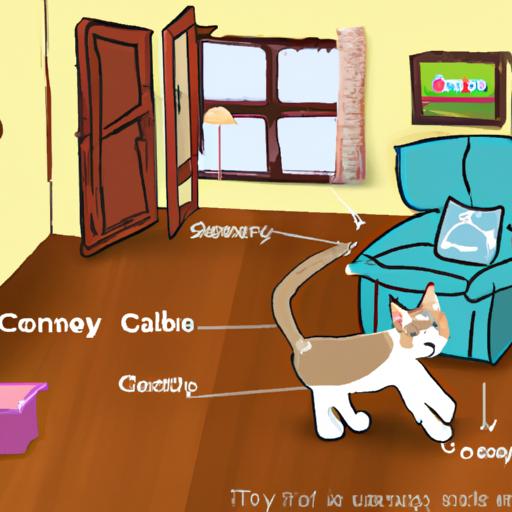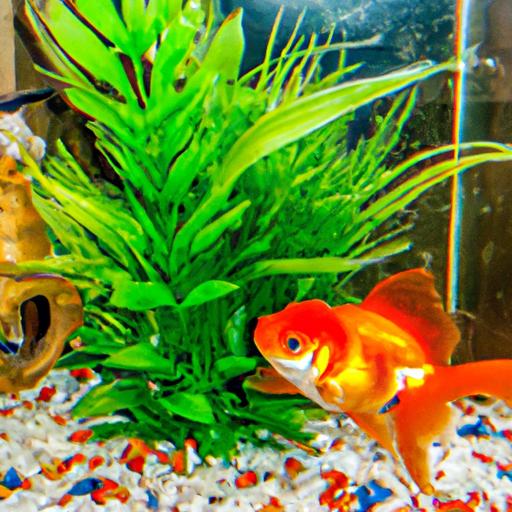
Maintaining a Healthy Goldfish Aquarium: Best Practices
Discover the best practices for maintaining a healthy goldfish aquarium! Learn about tank size, filtration, water quality, diet, and more.
Introduction
Are you a proud goldfish owner? Keeping a goldfish aquarium can be a rewarding experience, but it also requires proper care to ensure the health and happiness of your aquatic pets. In this article, we will explore the best practices for maintaining a healthy goldfish aquarium, providing you with essential tips and guidelines to follow. By implementing these practices, you can create an optimal environment for your goldfish and enjoy their vibrant colors and playful antics for years to come.

Best Practices for Maintaining a Healthy Goldfish Aquarium
1. Proper tank size and environment
The first step in ensuring the well-being of your goldfish is to provide them with an appropriate tank size and environment. Goldfish require ample space to swim and thrive, so avoid confining them to small containers. A general rule of thumb is to allow at least 20 gallons of water for a single goldfish, with an additional 10 gallons for each additional fish.
Additionally, create a conducive environment by incorporating suitable decorations, plants, and hiding spots. These elements not only enhance the aesthetic appeal of the aquarium but also provide your goldfish with stimulation and places to explore.
2. Appropriate filtration system
A reliable filtration system is crucial for maintaining water quality in your goldfish aquarium. Goldfish produce a significant amount of waste, which can quickly accumulate and lead to harmful toxins if not properly filtered. Invest in a high-quality filter that can handle the waste load of your goldfish and ensure efficient removal of debris and harmful substances.
Regularly clean and maintain the filter according to the manufacturer’s instructions to optimize its performance. This will help keep the water clean and clear, promoting the health and vitality of your goldfish.
3. Regular water quality testing and maintenance
Consistently monitoring and maintaining the water quality in your goldfish aquarium is essential for their well-being. Test the water regularly for parameters such as ammonia, nitrite, nitrate, pH, and temperature. These tests will help you identify any imbalances or potential issues that could harm your goldfish.
Perform partial water changes on a weekly basis, removing around 25% of the water and replacing it with fresh, dechlorinated water. This helps dilute any accumulated toxins and maintain a healthier environment for your goldfish.
4. Balanced and nutritious diet
Feeding your goldfish a balanced and nutritious diet is crucial for their growth and overall health. Goldfish are omnivorous, so their diet should consist of a combination of high-quality commercial fish food, live or frozen foods, and fresh vegetables.
Avoid overfeeding your goldfish, as excess food can lead to water pollution and health problems. Feed them small portions two to three times a day, ensuring they consume the food within a few minutes. Remove any uneaten food promptly to prevent it from decomposing and affecting the water quality.
5. Monitoring and controlling water temperature
Maintaining the right water temperature is vital for the well-being of your goldfish. Goldfish are coldwater fish and prefer temperatures between 65°F and 75°F (18°C to 24°C). Fluctuations in temperature can stress and weaken your goldfish, making them more susceptible to diseases.
Use a reliable aquarium heater or cooler, depending on the ambient temperature, to maintain a stable and suitable environment for your goldfish. Regularly check the temperature using a reliable thermometer and make adjustments as necessary.
FAQ: Common Queries about Maintaining a Healthy Goldfish Aquarium
Q: What is the ideal tank size for goldfish?
A: Goldfish require a spacious environment to thrive. Ideally, provide at least 20 gallons of water for a single goldfish, with an additional 10 gallons for each additional fish.
Q: How often should the water be tested and changed?
A: It is recommended to test the water parameters regularly, at least once a week. As for water changes, perform partial changes of about 25% on a weekly basis.
Q: What type of filtration system is best for goldfish?
A: A high-quality filter capable of handling the waste load of goldfish is ideal. Look for filters specifically designed for aquariums containing goldfish.
Q: Can goldfish be kept with other fish species?
A: Goldfish are best kept with other goldfish or coldwater fish species. They have different temperature and compatibility requirements than tropical fish.
Q: How should I maintain the water temperature in the aquarium?
A: Use an aquarium heater or cooler, depending on the ambient temperature, to maintain a stable temperature between 65°F and 75°F (18°C to 24°C).
Q: What are some signs of a healthy goldfish?
A: Healthy goldfish exhibit vibrant colors, active behavior, clear eyes, erect and undamaged fins, and a healthy appetite.
Conclusion
Maintaining a healthy goldfish aquarium is vital to ensure the well-being and longevity of your aquatic companions. By following these best practices, such as providing an appropriate tank size, investing in a reliable filtration system, monitoring water quality, feeding a balanced diet, and controlling the water temperature, you can create an optimal environment for your goldfish to thrive.
Remember, a healthy goldfish is a happy goldfish, so make sure to regularly test the water, perform necessary maintenance, and keep a watchful eye on their behavior and appearance. By implementing these best practices, your goldfish aquarium will become a captivating centerpiece in your home, providing endless joy for both you and your finned friends.
